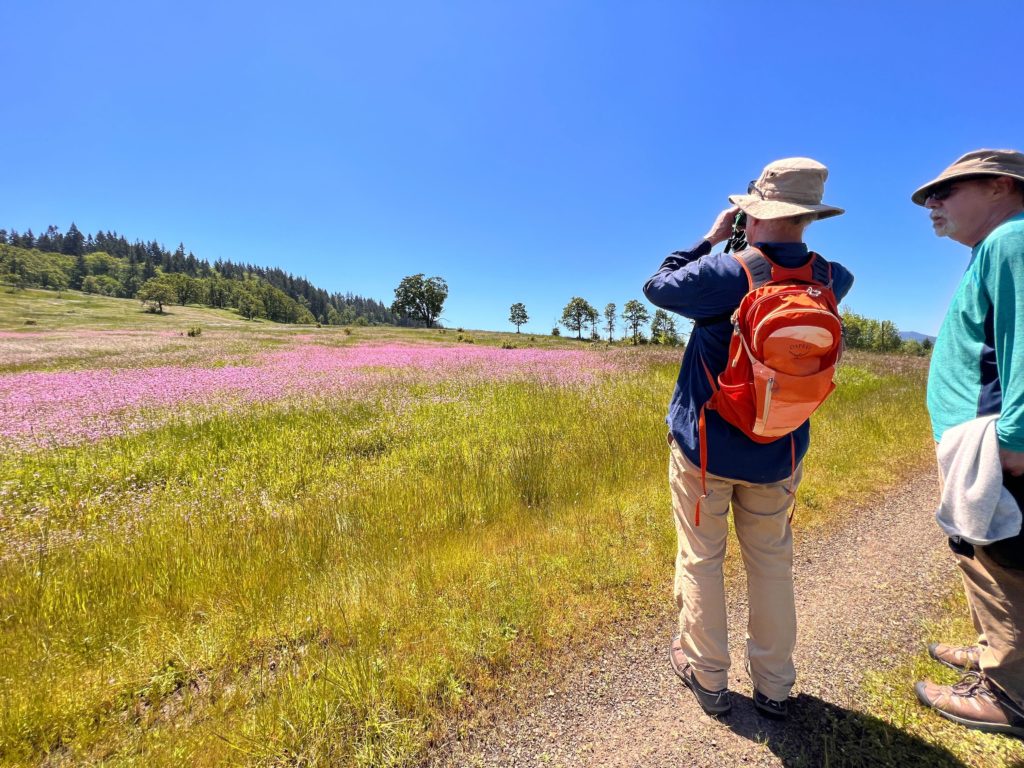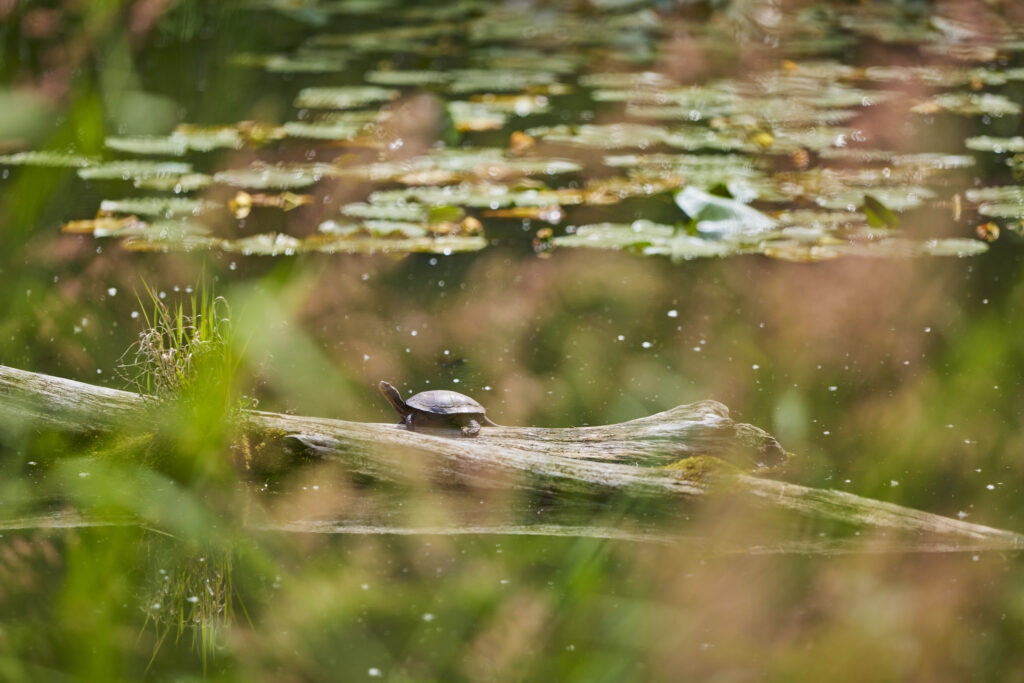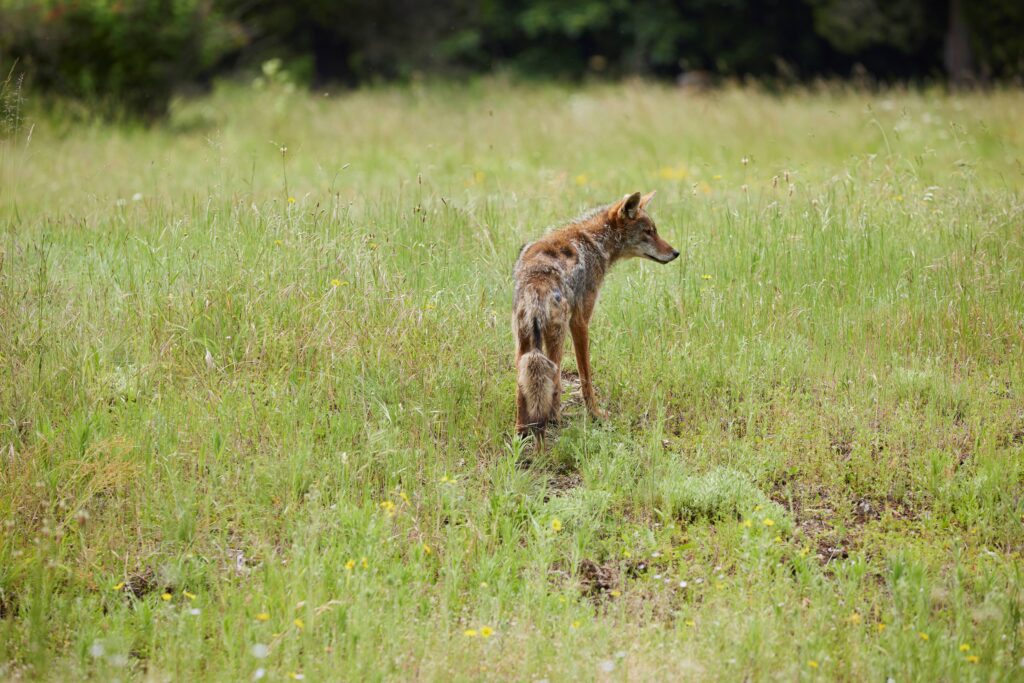Can you love something you’ve never seen? As a changing climate increases the need and opportunity for land and water conservation, an ongoing tension continues to grow between setting aside space for wildlife to be wild and providing recreational access to land. People and land need each other, but how can we interact with nature in a way that is additive to clean water, habitat abundance, and thriving communities? That is an ongoing question McKenzie River Trust wrestles with as we work to care for land and water in western Oregon.

So, what is the cost of recreation for the plant and animal communities that call these areas home? That question is a bit more challenging to answer. Each species has its own response to people, and the frequency of recreational activity in conservation areas significantly influences that response over time. We often consider creating “compatible” recreation programs to connect people to the outdoors. Birding, nature watching, and hiking on trails are all regarded as non-intrusive human activities, but does the science support this assumption?
A study in New Zealand showed that a quiet conversation at roughly 50 decibels (library volume) caused 35% of birds to flee the immediate area. (Karp and Guevara 2011). The amount of time people are near an animal’s habitat affects the health of animals, too. People who are birding or wildlife watching may linger on or off a trail or seek closer proximity to an interesting plant or animal. This time increases the amount of energy an animal needs to spend responding to the stranger in their homeplace. Additionally, the frequency of disturbances to an animal’s habitat is significant, as stress generally increases the more regularly an animal is disturbed (Taylor and Knight 2003).
Despite widespread research on recreation’s impacts on wildlife, a survey completed by Taylor and Knight, two scientists at the forefront of investigating wildlife responses to recreation, revealed that approximately 50% of recreationists felt that their outdoor activities did not have negative impacts. In general, survey respondents also expressed that they thought it was acceptable to approach wildlife more closely than research has indicated is tolerable, and they also tended to point toward other user groups for causing stress to wildlife rather than themselves

Despite many studies, scientists have yet to identify recreational activities that are genuinely “compatible” with wildlife conservation goals. So, how do we navigate our need for nature? We are not quite sure, but over the recreational season ahead, there are some ways we can lessen our impact on wildlife. Limiting adventures to public parks and trails where more sensitive animals have likely already moved away can reduce the scale of impact on vulnerable species. Keeping dogs on leashes, staying on trails, following leave-no-trace principles, and learning about sensitive plant and animal communities who live where we play can prepare us to be better neighbors. Access to nature has been shown to be beneficial for humans, improving quality of life, reducing stress, and contributing to overall well-being. It’s important to get outdoors and connect with the places we love. This season, we hope you will join us as a good guest on the landscape; the plants and animals are counting on us.
*A special thank you to Erica Andrus, whose master’s of Landscape Architecture research at the Willamette Confluence, “Trail Planning and Design using Temporal and Dymaic Relationships between Plants, Animals, and Hikers,” gathered recreational research and helped to inform our approach to planning for public access on conservation lands.

